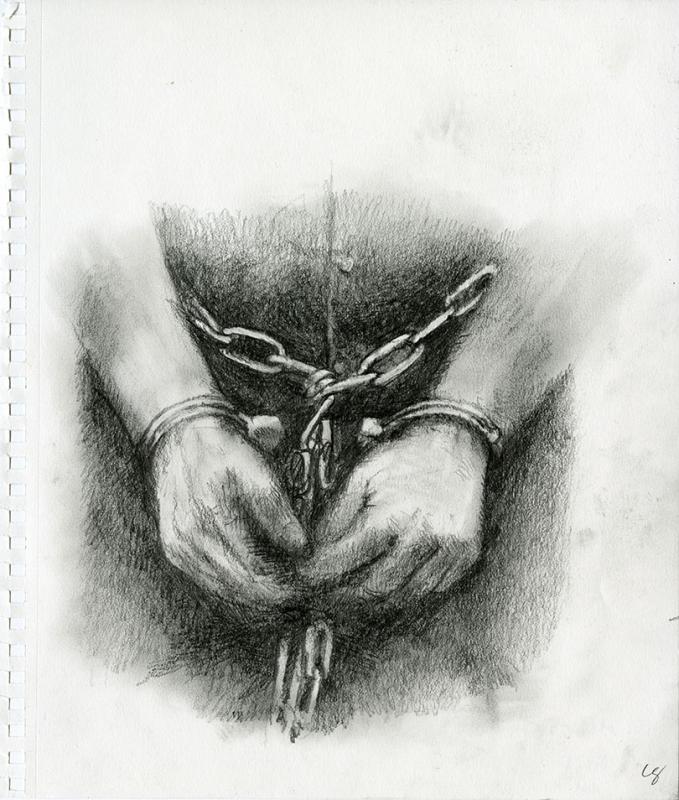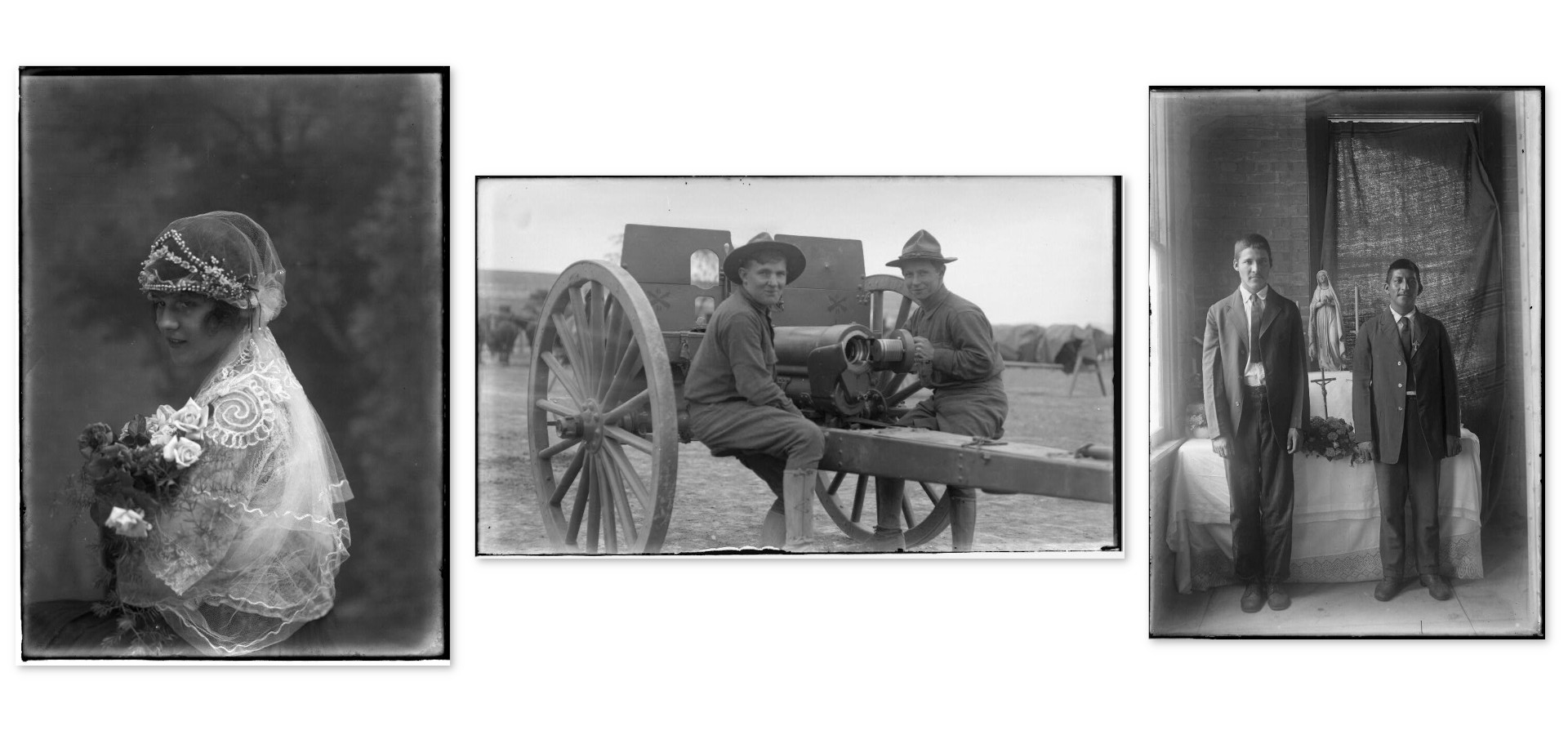
To find primary sources at CMU (or Prospector or Worldcat libraries) you can add the word sources to your search.
For example: labor unions and women and sources
You can also add "type" words to your search, for primary sources of different types.
For example: suffrage movement and personal narratives.
Words that describe primary source types include:
 New Mexico Historic Documents
by
Richard N. Ellis (Editor)
New Mexico Historic Documents
by
Richard N. Ellis (Editor)
 Rebels on the Rio Grande: The Civil War Journal of A.B. Peticolas
by
Don E. Alberts (Editor)
Rebels on the Rio Grande: The Civil War Journal of A.B. Peticolas
by
Don E. Alberts (Editor)
Subjects: US History, Political Science
19th Century U.S. Newspapers provides access to primary source newspaper content from the 19th century, featuring full-text content and images from numerous newspapers from a range of urban and rural regions throughout the U.S. The collection encompasses the entire 19th century, with an emphasis on such topics as the American Civil War, African-American culture and history, Western migration and Antebellum-era life, among other subjects.
Subjects: Social & Behavioral Sciences, History The (London) Times has offered readers in-depth, award-winning and objective coverage of world events since its creation 1785 and is the oldest daily newspaper in continuous publication. The Times Digital Archive is an online, full-text facsimile of more than 200 years of The Times, a valuable resource for 19th – 20th Century history detailing every complete page of every issue from 1785 onward.
Many of the documents on microfilm may now be available in digital form. You can start with the catalog to determine the title, author, and date, and then go out and search for the documents online. Microfilm and microfiche can be accessed on the 2nd floor near the map cases. Please ask at the Research Help Desk for assistance.
Special Collections and Archives may have rare publications of interest to your topic, and the William H. Nelson papers do contain documents regarding water agreements between the U.S. and Mexico that may be useful for those interested in the issues around natural resource allocations.








A sample of collections at the Library of Congress with material relevant to the US-Mexico borderlands. Searching for "Mexico" should help you find other collections where at least some portion of the material relates to the history US-Mexico relations and the changing border.








Subjects: Biological Sciences, Social Sciences, Health Sciences, Business,
Education, Literature Open Access Resource HathiTrust is a partnership of academic & research institutions, offering a collection of millions of titles digitized from libraries around the world. Titles out of copyright and in public domain are viewable.
The tools you use to find primary sources will be individual to your topic. You can ask questions like where, when, why, how to brainstorm digital collections that may exist for your topic. Keep these especially in mind:
You can also use your secondary sources to get an idea of where primary sources might exist. Take a look at the references in the bibliography and see where the author(s) found their primary sources.
Want to know more?